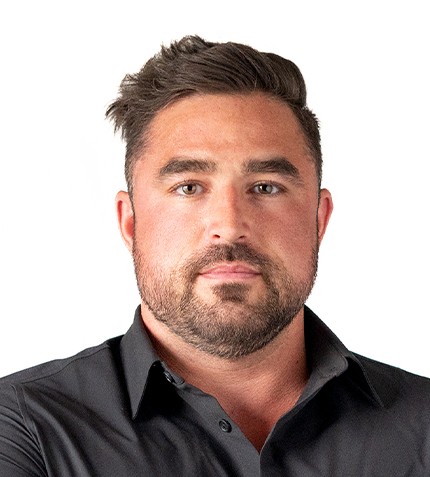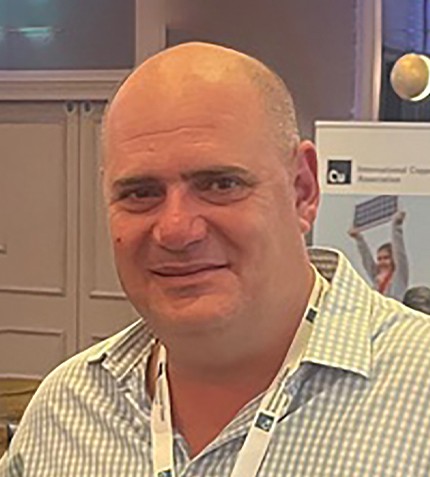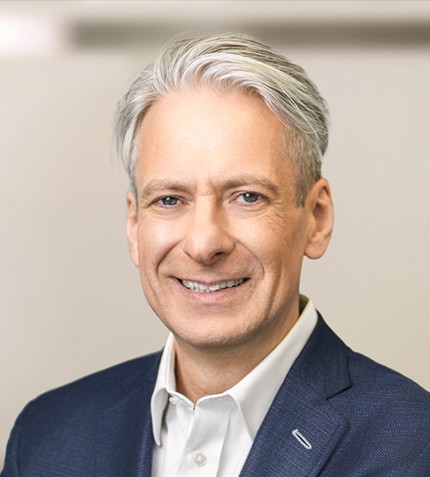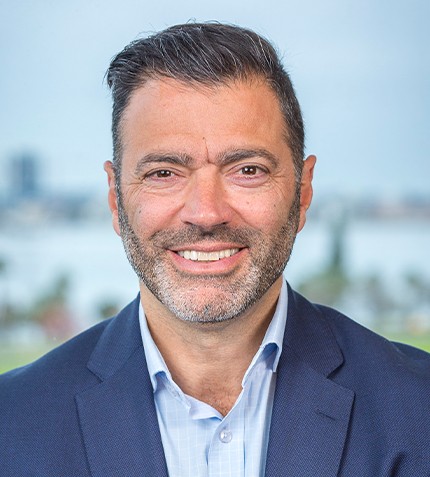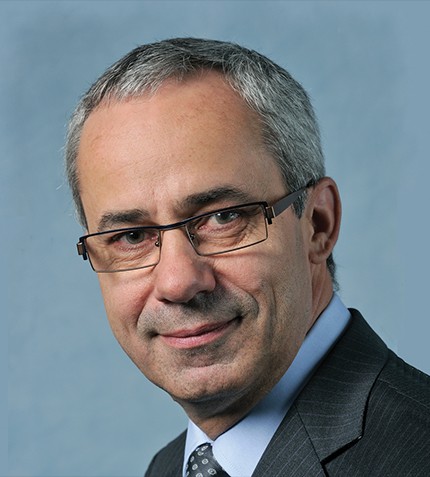
"We are following closely the evolution of sustainability policies in the region, as more governments become more aware of sustainability imperatives."
François Fevrier
CEO, SUEZ ASIA
How does SUEZ positions itself in Southeast Asia?
90% of our Asian business is represented by Greater China, but our legacy in Southeast Asia is very long, having started operations in Indonesia more than 70 years ago. This fast-developing region is incredibly diverse, providing us with different opportunities according to each country’s level of economic maturity: For instance, in Singapore, we provide advanced solutions like smart water management systems, while in the Philippines, SUEZ offers infrastructure technologies to help the country increase access to potable water. We are following closely the evolution of sustainability policies in the region, as more governments become more aware of sustainability imperatives.
What opportunities do you identify in desalination projects?
As a leader in reverse osmosis technology, SUEZ has built a very strong reputation in desalination work, starting with our first-ever such project in 1970, in Saudi Arabia. We estimate that, by 2030, up to half of the world’s population will be short of fresh water – which is only 3% of the Earth’s water. This means the need to convert salt water into drinkable water only grows stronger. R&D on reverse osmosis over the past few years has been centered on reducing energy consumption, and in 10 years’ time, I anticipate it will become more available and heavily used, especially in China and Southeast Asia.
What are the main drivers of growth for SUEZ Asia?
Policy change is a key growth factor for SUEZ, especially in Asia. Governments are implementing regulations for cleaner potable water, wastewater treatment, and solid waste, which creates an opportunity for SUEZ. The second driving megatrend is the phenomenon of rapid urbanization. The migration from rural to urban areas is very potent in Southeast Asia. This shift drives more demand for infrastructure in the cities. Thirdly, countries like Vietnam are attracting more investment in manufacturing, which will also boost demand for wastewater infrastructure.
SUEZ R&D budget will increase by more than 50% in the period leading up to 2027. What will be the main areas of innovation?
We are innovating in processes and investing in some compact technologies to reduce the carbon footprint of our customers. Our approach is guided by a principle of “open innovation,” through which we co-create to reach the most suitable solutions. For example, 40 years ago, we opened a central R&D center in Paris called CIRSEE to develop solutions for tomorrow. In addition to CIRSEE in Paris, we decided to open R&D centers in key countries, like China. Today, we have established six R&D centers in different Chinese cities - the R&D Center for Hazardous Waste, the R&D Center for Industrial Water and the R&D Center for Smart Solutions. These facilities are staffed by locals who join the worldwide SUEZ R&D team and exchange knowledge with their global colleagues. We will increase our R&D budget by 50% by 2027 to stay at the forefront of environmental innovations on topics such as preserving water resources, combating pollutants, recycling, producing energy from waste and reducing our own carbon footprint, as well as that of our customers.
Can you comment on SUEZ’s new Sustainability Development Roadmap (2023-2027)?
Our new Roadmap, unveiled in 2023, is a cross-functional commitment with the same level of ambitions on three pillars (Climate, Nature, and Social), and comprises 24 different commitments and 43 KPIs, including increasing our renewable electricity consumption rate to 70% worldwide by 2027 and reducing 39% of GHG from our water activities by 2030. SUEZ wants to lead by example, and these targets make us accountable in front of our stakeholders. For example, for our project in China in Chongqing, we capture and use biogas from wastewater treatment processes for energy and electricity generation. In Shanghai Chemical Industry Park, we produce and supply energy to our partners while operating one of Asia’s largest hazardous waste treatment facilities.
Do you have a final message?
South-East Asia is an extremely important region for SUEZ because of our historic presence in this region, the rising demand for environmental improvements, and the need to supply top class water and waste services to the growing populations. The goal of the new SUEZ is to grow, and Asia is an important part of this growth. We will continue to invest and support both private and public customers in the energy transition.




